Insulating your crawl space has many benefits. For example, you may experience reduced energy costs and better air quality in your home. This article will explain the steps to insulating your crawl space using foam board and answer how much foam board you will need.
To insulate your crawl space with foam board, follow these steps:
- Measure your space
- Apply adhesive
- Secure vapor barrier
- Prepare foam board
- Apply adhesive and secure boards
- Seal gaps
- Secure remaining vapor barrier
We will go on to explain each step in the process in detail. Keep reading for this in-depth guide, as well as insight into which type of insulation is best for your crawl space.
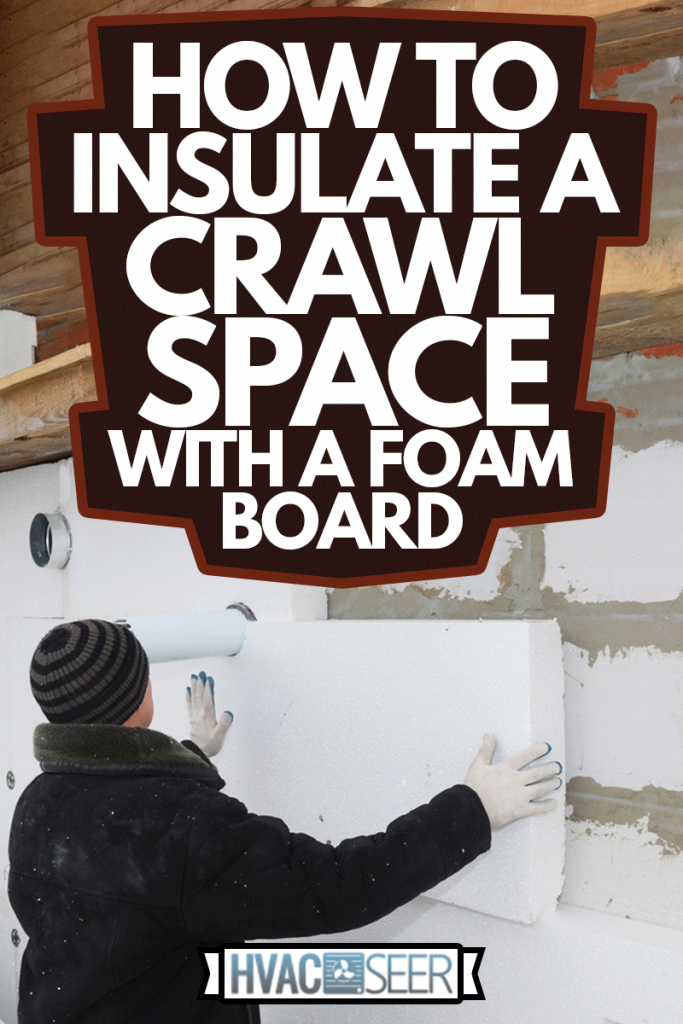
How To Insulate Your Crawl Space With Foam Board
Insulating your crawl space decreases the airflow between the outside and inside your home. Furthermore, you will experience a decrease in moisture or condensation in this space, protecting your home from mold and mildew.

Before installing your insulation, check where or how moisture gets into your crawl space. You can lessen the impact or amount of moisture by fixing soil banks around the house, sealing any vents that open into the crawl space, and sealing rim joists.
Decreasing the amount of moisture and airflow ahead of time sets your insulation up for success. Let's take a closer at each step involved in insulating your crawl space.
1. Measure Your Space
First, you need to measure the width and height of each wall in your crawl space. Determine the square footage by multiplying the two numbers.
You will need these measurements to decide how much foam board you need. Purchase slightly more than the square footage you calculated to make up for any errors.
Find six sq. ft. foam boards here on Amazon.
You'll have to gather additional measurements to decide how much vapor barrier your project requires. Measure the length and width of the crawl space itself to find the square footage.
Next, add the square footage from the walls and the crawl space. This number tells you how much vapor barrier you require. Like the foam board, consider buying a bit more than your number total to leave room for error.
Get vapor barrier covering here on Amazon.
Once you have your materials, you will cut your plastic barrier and foam boards to fit your space.
2. Apply Adhesive
Next, set your foam board and vapor barrier aside. Start applying evenly spaced spots of adhesive to the walls of your crawl space. Construction adhesive is a great option for this step.
Amazon offers construction adhesive here.
3. Secure Vapor Barrier
As you lay your adhesive, apply the matching piece of vapor barrier on top. When your plastic is in the correct position, smooth out the layer using your hand.
Follow this same procedure on each wall. The connecting pieces of the vapor barrier should overlap slightly to ensure an airtight layer between your wall and the next layer of material.
4. Prepare Foam Board
Your foam board should be cut to match the length and width of your walls. Near the end of your wall, you may need to cut or snap sections off a board to make up for any gaps. Utility knives are great for precisely cutting foam board.
Have a look at this utility knife here on Amazon.
5. Apply Adhesive, Secure Boards

With your boards prepared, it is time to start applying your next adhesive layer. Use a foam-friendly adhesive for this step. Press your foam board pieces firmly into place.
Find insulation spray adhesive here on Amazon.
Continue laying your adhesive and foam boards until each wall has been covered.
6. Seal Gaps
With most of your walls covered with your vapor barrier and foam boards, you now need to focus on the gaps and corners sealed.
For the corners you cannot reach with your foam board, you can fill with expanding foam. Additionally, expanding foam insulation works excellent for spaces around pipes or wires and securing the bond between foam boards.
Amazon offers expanding foam insulation here.
7. Secure Remaining Vapor Barrier
Finally, you will need to do something with the vapor barrier coming out from the foam boards. Spread the plastic over the floor and up the wall across from it.
Adhere the vapor barrier to the exterior of the wall using your construction adhesive.
At this point, your insulation should be completely moisture and airproof.
Some DIYers place the vapor barrier over the foam boards or do not use one at all. The below explains each option and why you may do it.
Read more on our blog post, "Can Foam Insulation Be Installed In Existing Walls?"
What Is The Best Type Of Insulation For A Crawl Space?
Several methods to insulate your crawl space, some better than others. Foundation wall insulation has been considered the best type of insulation for a crawl space.
Foam board and expanding foam are foundation wall insulation and other materials such as rock wool.
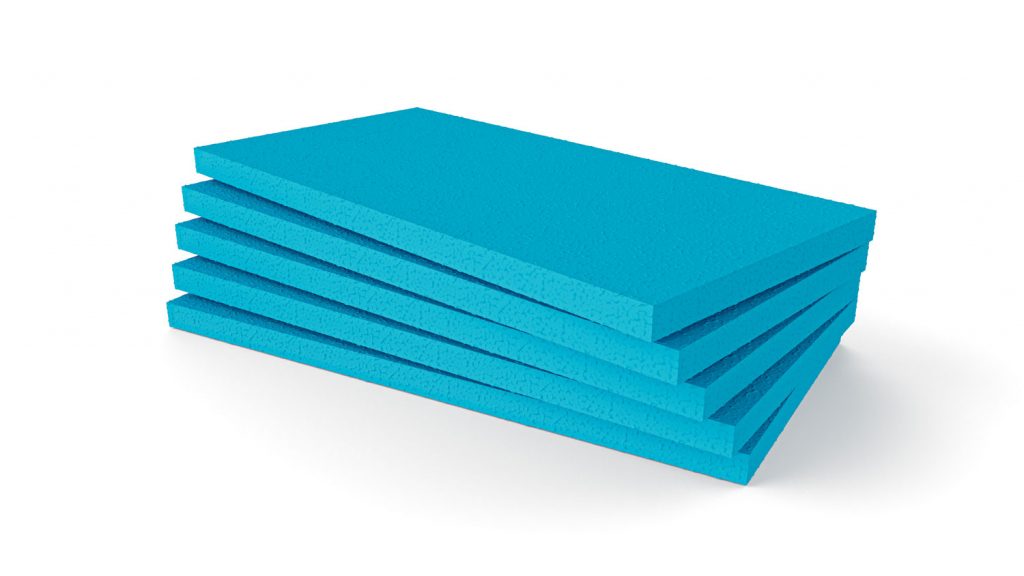
Ultimately, the material you choose will depend on the amount of space you have and your budget. Foam board is a great option for DIYers due to the low-cost and easy installations.
Read more on our blog post, "Best Insulation For Ceiling Under Roof."
How Much Insulation Do I Need In My Crawl Space?
The amount of insulation you need for your crawl space gets directly determined by your specific measurements.
You find the square footage of each wall by measuring the height and width, then multiplying the two numbers. You will repeat these same measurements on each wall you want to cover with foam board.
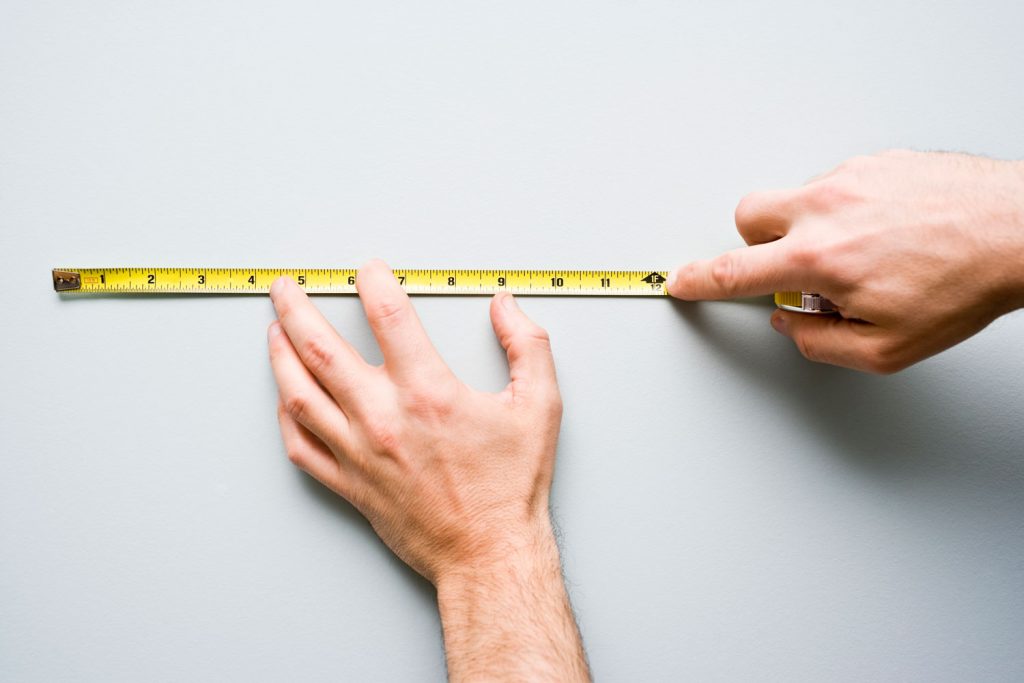
Add the square footage of each wall to get your overall sum. Next, add 10% to this number. Use this total square footage to determine how much insulation to get. Foam board insulation commonly comes in boards of 6-12 square feet.
Does Rigid Foam Insulation Need To Be Covered In A Crawl Space?
If your rigid foam insulation gets installed in a living area, such as a finished basement, then yes, it needs to be covered. However, it does not need to be covered in a crawl space.
Rigid foam insulation typically gets made with polystyrene, a plastic. This material is highly combustible and will give off toxic fumes if it burns.
Do you want to take the extra steps to provide yourself with more safety? You can cover your rigid foam insulation with a minimum fire rating material.
Fireguard drywall or a brick covering are great options to go over your insulation. You can install your insulation, seal your vapor barrier, and then adhere the drywall right on top of insulation.
Being highly combustible is one of the downfalls of rigid foam insulation, but this issue can be protected against using a cover. On the other end, there are plenty of positives to this material.
For example, rigid foam insulation is highly moisture resistant. You will never see mold or mildew building up on this material. Furthermore, rigid foam significantly reduces energy costs and effectively maintains temperatures.
While you're not required to cover rigid foam insulation in a crawl space, it can be done with little downfalls outside additional costs.
Read more on our blog post, "Does Polyurethane Insulation Degrade?"
How Do I Keep My Insulation From Falling Down In My Crawl Space?
Certain materials you can use to insulate your crawl space are more likely to fall than others. For example, fiberglass. This material has an increased chance of becoming wet, saggy, and eventually falling down.
If you have fiberglass material as your insulation, and it is falling, the best thing to do is replace it. Damaged fiberglass insulation can cause issues with your floor structure while causing utility bills to rise.
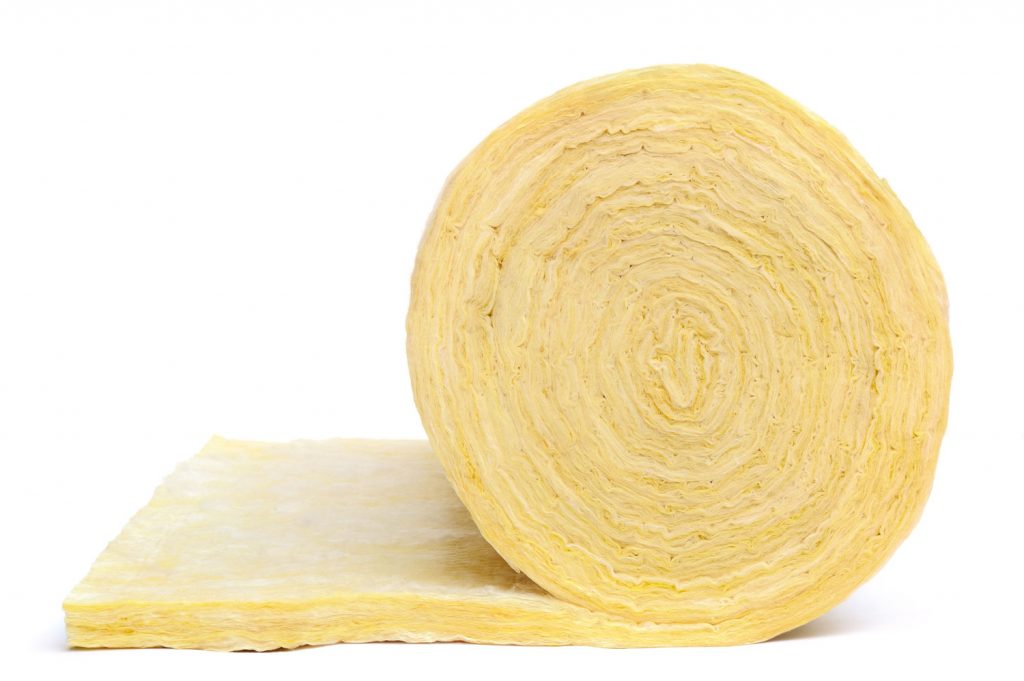
To keep your insulation from falling down, use a material that adheres permanently to your crawl space walls. For example, spray foam. This material adheres strongly and does not absorb moisture.
Furthermore, ensure you use a strong adhesive when applying your vapor barrier and insulation materials. One reputable option is construction adhesive. These adhesives have been known for their strength and waterproof properties.
In Summary
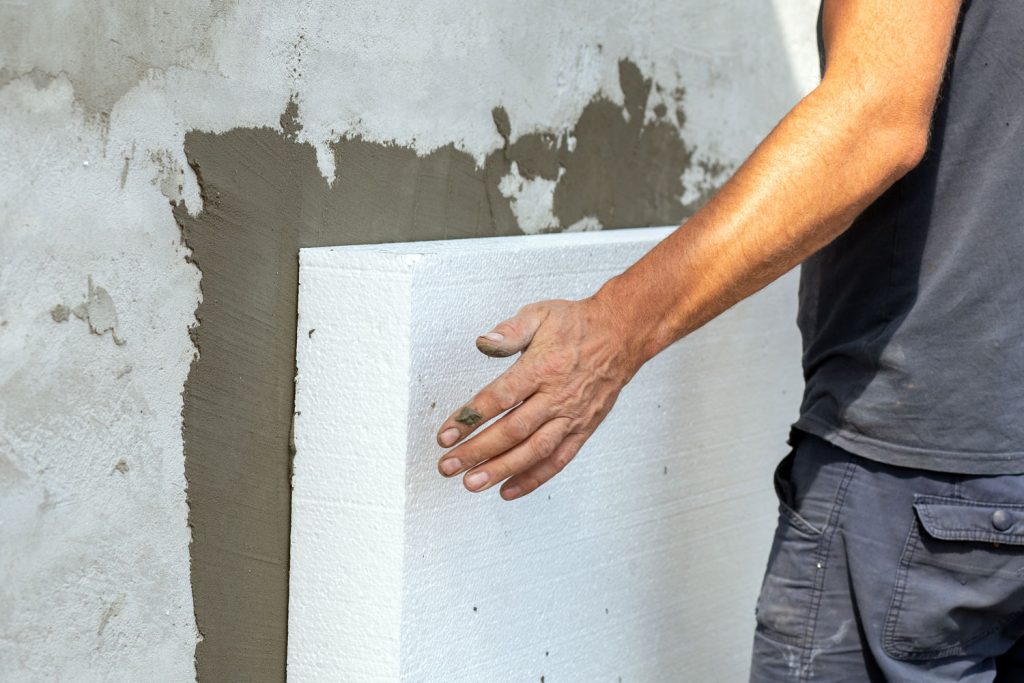
Insulating your crawl space with foam board can be done with a handful of steps. The most time-consuming parts are measuring and prepping your materials. We hope you found this article helpful when taking on an insulation project of your own.
Are you looking for more insight when it comes to insulating your space? Have a look through our blog post, "9 Types Of Thermal Insulation You Should Know".






